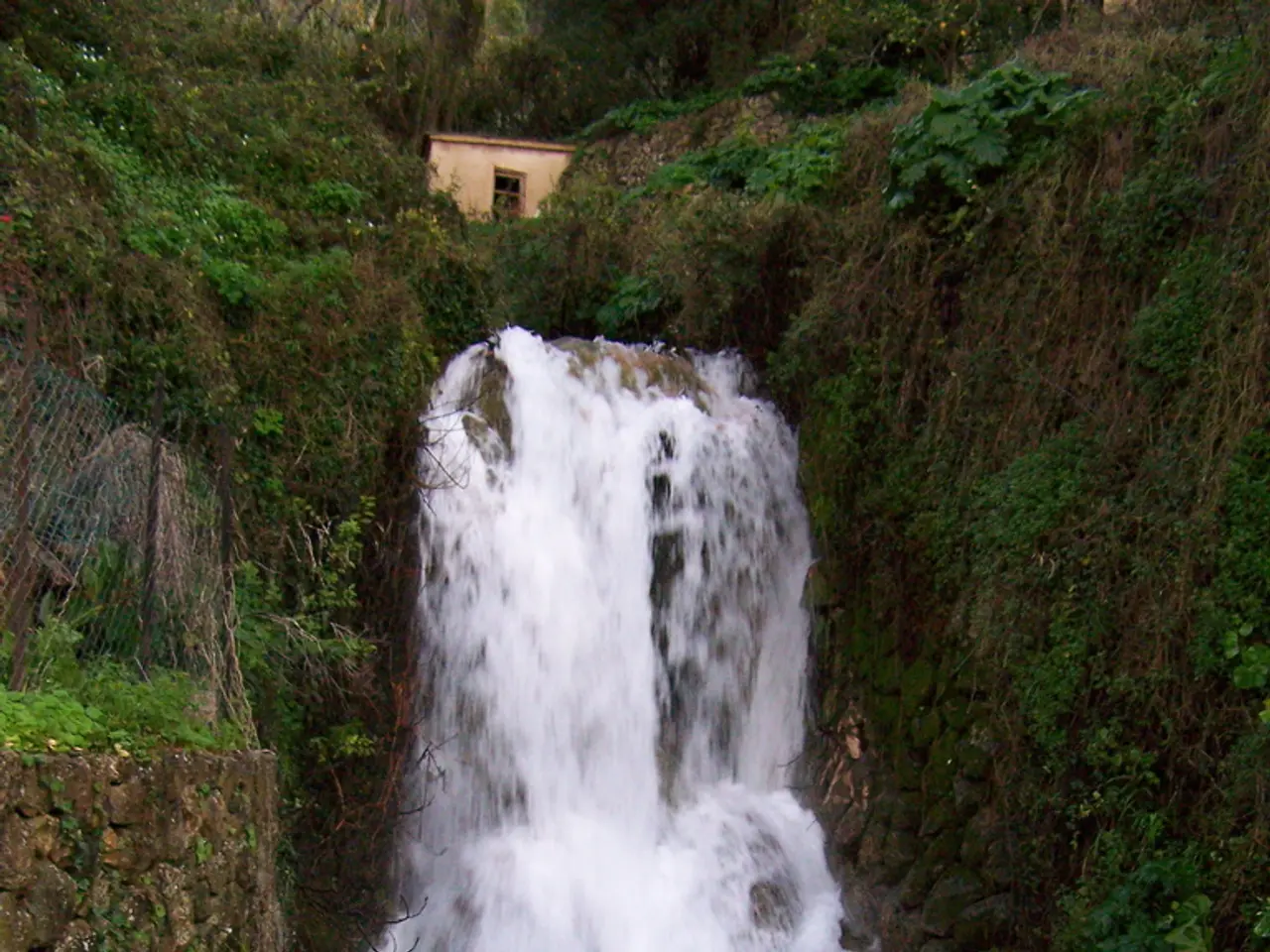Kerr County's emergency management chief admits to being asleep during the catastrophic flooding that resulted in fatalities.
In the early hours of July 4, 2021, Kerr County, Texas, was hit by a catastrophic flood that claimed more than 100 lives, including 37 children. The disaster was primarily due to the absence of a dedicated outdoor flood warning siren system and delayed public alerts.
Thomas, the Kerr County emergency management director, began coordinating the county's response around 6 a.m., having been awakened by a call from the city of Kerrville EMC requesting that he mobilize. However, he was sick and asleep during the flooding and did not participate in two meetings dealing with the Texas emergency management coordination center on July 3.
The storm that caused the flooding stalled over the south fork watershed of the Guadalupe River in Hunt and Mo-Ranch, a remote area of Kerr County with few rain and flood gauges. As a result, the Guadalupe River exceeded 220,000 cubic feet per second during the storm, rising more than 20 feet per hour. More than 12 inches of rain fell in under 6 hours in the area.
Despite the National Weather Service issuing flood warnings and flood watches prior to the major flood, some lawmakers on the panel pushed back, stating that the warnings came too late in the night to effectively alert residents who were asleep. Kerr County Judge Rob Kelly testified that he received no alerts suggesting an extreme weather event was imminent on July 3. He was, in fact, not in Kerr County when the flooding hit, but at his lake house near Austin.
Authorities have acknowledged the need for improved disaster mitigation infrastructure in Kerr County to sustain safety and economic stability. Recommendations to prevent similar incidents focus on installing and maintaining a robust flood warning system, including sirens tested regularly to alert residents of flash flooding. Improving public awareness of flood risks, even in areas not traditionally considered high-risk, is also vital.
Current recommendations urge investment in flood warning sirens and enhanced emergency communication to better protect residents from future flash floods. Sadly, three people remain missing in Kerr County, including a child and a volunteer fire chief.
It is worth noting that Kerr County had opportunities to install a flood warning siren system after previous deadly flood events and following substantial federal funding availability after the 2016 floods. However, local opposition to the cost of the system delayed necessary preparedness infrastructure that could have provided earlier warnings.
In summary, the lack of flood sirens, delays in public warning, underestimation of flood severity by officials, and budgetary and political reluctance to fund a warning system caused the delayed response. The community hopes that the lessons learned from this tragic event will lead to improved disaster preparedness and response in the future.
References:
- Kerr County flood: Officials discuss emergency response, lack of warning system
- Kerr County flood: What went wrong and how can we prevent it from happening again?
- Kerr County flood: What we know about the disaster and the victims
- Kerr County flood: What we know about the disaster and the victims
- The lack of a flood warning siren system in Kerr County, despite previous incidents and federal funding, has become a critical point in discussions about the July 4, 2021 flood disaster.
- The delayed response to the Kerr County flood can be attributed to several factors, including the absence of a flood warning siren system, late public alerts, and political reluctance to allocate funds for such a system.
- In light of the Kerr County flood tragedy, the importance of flood warning sirens and enhanced emergency communication has been emphasized in current recommendations to protect residents from future flash floods. Additionally, improving public awareness of flood risks, even in low-risk areas, has been identified as crucial for preventing similar incidents.







